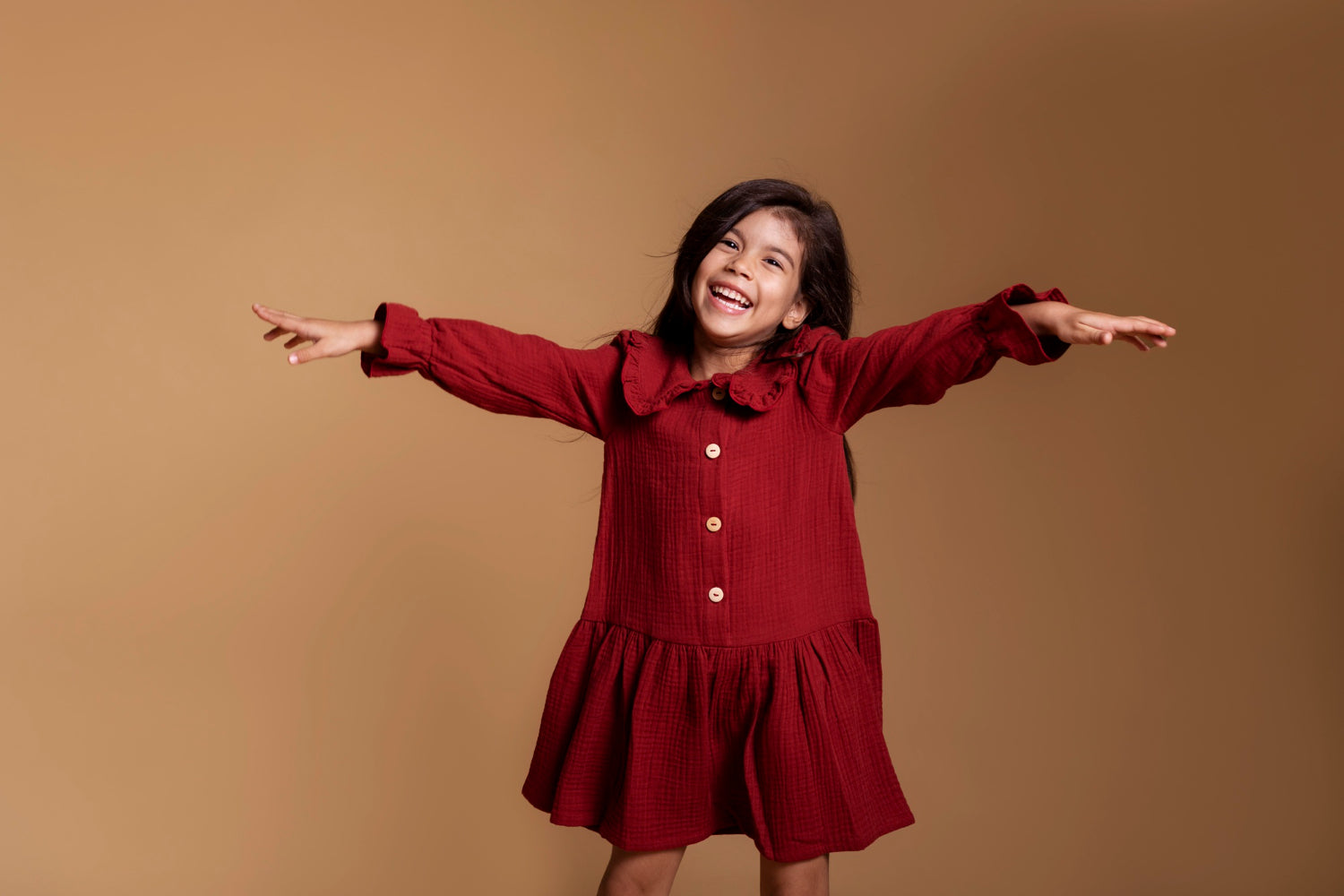Choosing the right clothes for kids can feel like a balancing act. You want them to look cute and stylish, but comfort should always come first. Kids are active, sensitive to textures, and often vocal about what they like (or hate!). With a few practical tips, you can ensure their wardrobe keeps them happy, cozy, and ready for whatever the day throws their way. Here’s how to pick comfortable clothes for your little ones.
1. Prioritize Soft, Breathable Fabrics
Kids’ skin can be sensitive, so opt for natural fabrics like cotton, bamboo, or linen. These materials are soft, breathable, and gentle, reducing the risk of irritation. Avoid synthetic fabrics like polyester when possible, as they can trap heat and feel scratchy. For extra comfort, look for tagless options or clothes with flat seams—those little details can make a big difference.
2. Focus on Fit: Room to Move
Tight jeans or stiff jackets might look adorable, but they’re a recipe for complaints. Choose clothes with a relaxed fit that allow for free movement—think stretchy waistbands, loose sleeves, and enough wiggle room for running, jumping, or sprawling out on the floor. Avoid anything too snug, especially around the waist, neck, or wrists. A good rule of thumb: if they can’t squat or raise their arms comfortably, it’s too tight.
3. Consider the Weather
Comfort means dressing for the conditions. In warmer months, lightweight, loose-fitting clothes help keep kids cool. For colder days, layer up with soft sweaters, fleece-lined leggings, or cozy socks. Adjustable features like drawstrings or elastic cuffs are great for adapting to temperature changes. And don’t forget accessories—hats or mittens should be soft and itch-free, not stiff or woolly.
4. Skip the Fussy Details
Buttons, zippers, and embellishments might add flair, but they can also dig into skin or get in the way of play. Opt for simple designs with minimal hardware. Pull-on pants, stretchy necklines, and Velcro closures (for younger kids) are hassle-free and comfy. If there’s a decorative element like sequins or beads, make sure it’s lightweight and won’t irritate.
5. Let Them Test It Out
Kids know what feels good to them, so involve them in the process. Have them try on clothes before buying—or at least do a home test run. Watch how they move: Are they tugging at the collar? Scratching at a seam? That’s your cue to swap it out. For online shopping, order a couple of sizes and return what doesn’t work. Their feedback is the best guide.
6. Think About Durability
Comfort isn’t just about the feel—it’s about staying comfortable all day. Clothes that rip, fade, or pill after one wash can frustrate both you and your kid. Look for well-made pieces that can handle rough-and-tumble play without losing their softness or shape. Check reviews or stick to brands known for quality kids’ wear.
7. Account for Sensory Preferences
Every child is different. Some love the snugness of leggings, while others can’t stand anything clingy. If your kid has sensory sensitivities, steer clear of itchy tags, rough textures, or loud patterns that might overwhelm them. Plain, neutral-toned clothes in extra-soft fabrics often work best for picky dressers.
8. Make It Fun
Comfort doesn’t mean boring! Let your kid pick colors, characters, or prints they love. When they’re excited about what they’re wearing, they’re more likely to feel good in it. Pair their favorite superhero tee with stretchy joggers, and you’ve got a win-win: happy kid, happy parent.
Final Thoughts
Choosing comfortable clothes for kids boils down to practicality and empathy. Think about how they’ll feel running around, napping, or sitting through a long car ride. Soft fabrics, easy fits, and their own input will guide you to the perfect picks. When kids feel good in their clothes, they’re free to focus on what matters most—being kids.





